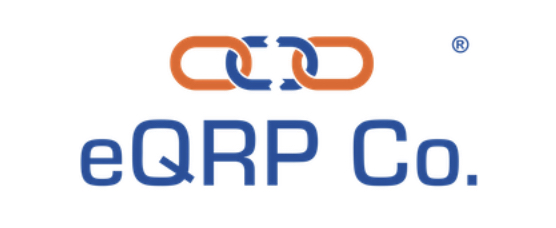In order to mitigate risk, one must first identify it. When it comes to apartment investing, a great risk to potential gross income (PGI) is vacancy. If vacancy is too high, it threatens cash flow and the ability to pay debt service.
Astute investors identify up front what is the maximum vacancy (minimum occupancy) that a property can handle before its income no longer sufficiently covers debt service and operating expenses. This is referred to as break-even occupancy.
Break-even occupancy is calculated by first identifying total monthly operating expenses, debt service and potential rental income. The formula for Break-Even Occupancy is as follows:
Total Operating Expenses + Debt Service
Potential Gross Income
For example, if a property has operating expenses of $30,000, debt service of $30,000 and potential gross income of $100,000, then the Break Even Occupancy is 60%. This means that as long as occupancy is 60% or greater (or no greater than 40% maximum vacancy), the property can produce sufficient income to cover operating expenses and debt service.
As apartment investors, understanding and applying this practice to underwriting and due diligence allows investors to understand the margin for performance of the asset as well as risk of default, accounting for the worst identifiable economic or market situations.
Sign Up For Our Newsletter 👇🏾
Subscribe to My Channel 👇🏾

💡Invest Your Retirement w/ eQRP
– I Rolled My 401k Into eQRP to Passively Invest In Apartments
